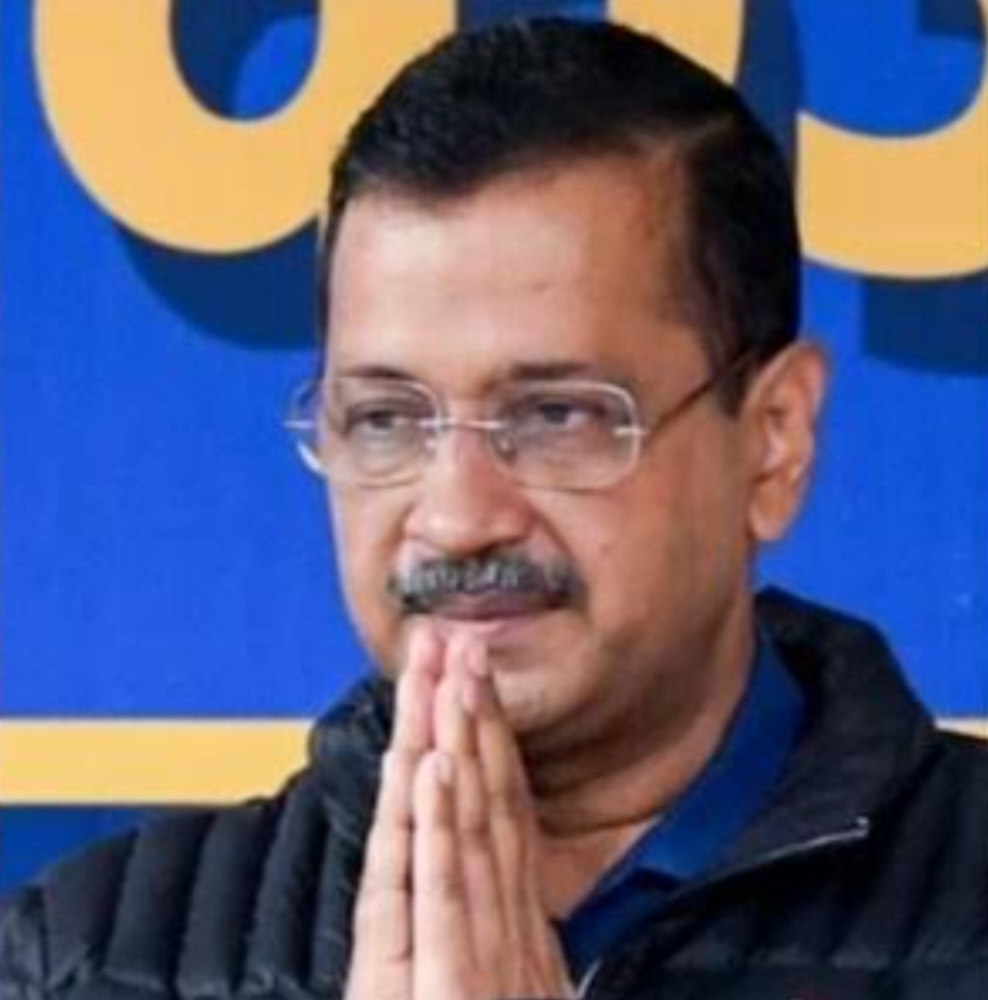What were the factors which lead to the defeat of Arvind Kejriwal’s in the 2025 Delhi Assembly Elections???

In a massive setback for Aam Aadmi Party (AAP) in Delhi Assembly elections, Arvind Kejriwal lost the New Delhi constituency to Bharatiya Janata Party (BJP) candidate Parvesh Verma.
Kejriwal, who was seeking re-election for the fourth time, hoped to win the New Delhi assembly seat – which has been his stronghold since the last three elections.
Arvind Kejriwal’s defeat in the 2025 Delhi Assembly Elections can be attributed to several key factors:
1. Corruption Allegations
In the lead-up to the elections, Kejriwal and other Aam Aadmi Party (AAP) leaders faced significant corruption charges, including arrests related to alleged bribery. These incidents tarnished AAP’s anti-corruption image and eroded public trust.
2. Internal Party Defections
AAP experienced internal turmoil as multiple MLAs and councillors resigned, citing alleged corruption and a deviation from the party’s founding principles. These defections weakened the party’s organizational strength and public perception.
3. BJP’s Strategic Campaign
The Bharatiya Janata Party (BJP) capitalized on AAP’s vulnerabilities by highlighting the corruption allegations and presenting themselves as a credible alternative. The BJP’s focused campaign resonated with voters seeking change.
4. Anti-Incumbency Sentiment
After over a decade of AAP governance, a segment of the electorate expressed a desire for new leadership, leading to an anti-incumbency wave that favored the opposition.
5. Leadership Challenges
Kejriwal’s resignation as Chief Minister prior to the elections, amidst legal challenges, created a leadership vacuum and may have led voters to question the party’s stability and direction.
6. Yamuna Pollution Crisis
One of the key failures of the AAP government was its inability to significantly improve the condition of the Yamuna River. Despite multiple promises and large-scale cleanup initiatives, the river remained heavily polluted, with high levels of toxic foam, untreated sewage, and industrial waste. Key factors contributing to the crisis included:
- Ineffective Sewage Treatment: Many of the city’s sewage treatment plants (STPs) remained underutilized or non-functional.
- Unregulated Industrial Discharge: Factories continued dumping pollutants into the river, worsening its condition.
- Solid Waste Dumping: Despite awareness campaigns, large amounts of garbage and religious offerings were still being thrown into the river.
- Unfulfilled Promises: The Kejriwal government had pledged to clean the Yamuna by 2025, but visible improvements were lacking.
The deteriorating condition of the Yamuna became a significant election issue, with opposition parties using it as an example of AAP’s governance failures. Voter dissatisfaction over environmental mismanagement further contributed to AAP’s electoral defeat.
Conclusion
Collectively, these factors—corruption allegations, internal defections, BJP’s campaign, anti-incumbency, leadership challenges, and environmental mismanagement—led to Arvind Kejriwal’s and AAP’s defeat in the 2025 Delhi Assembly Elections.





